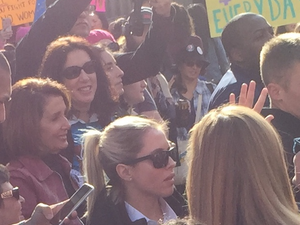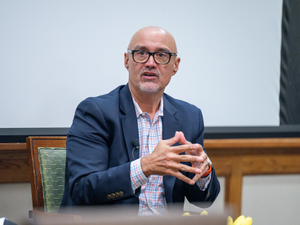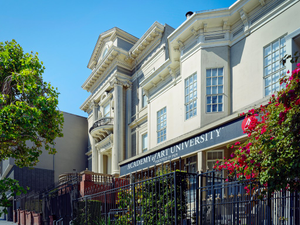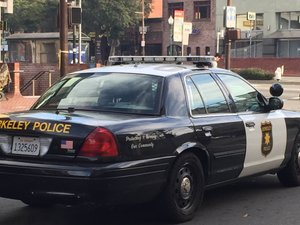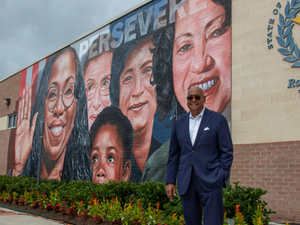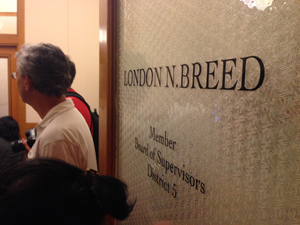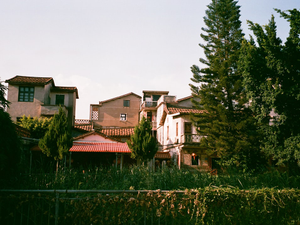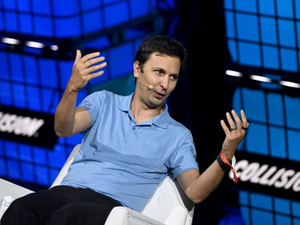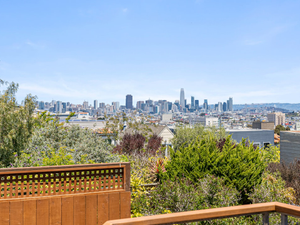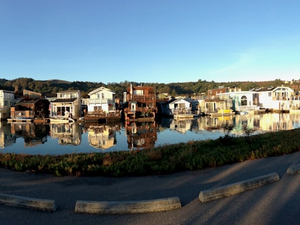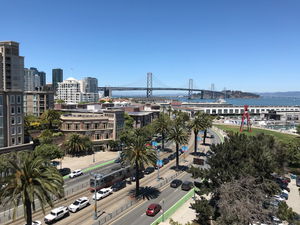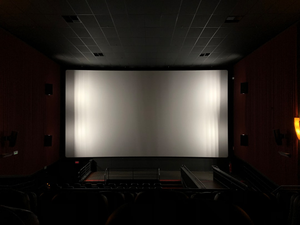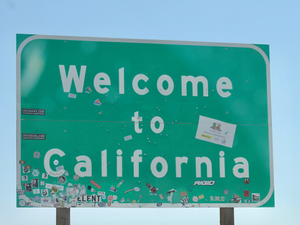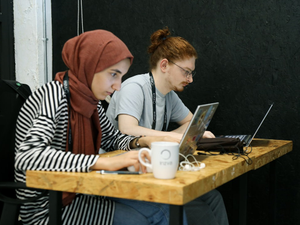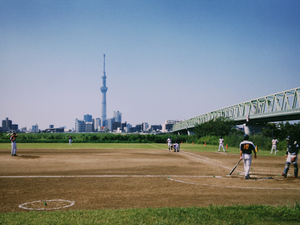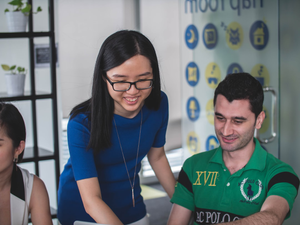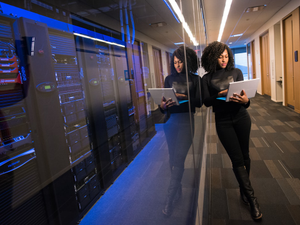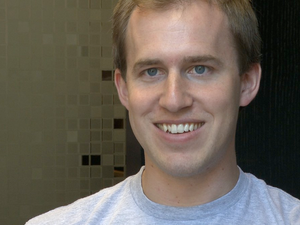Language Wars: How SF Schools Are Reshaping Bilingual Education
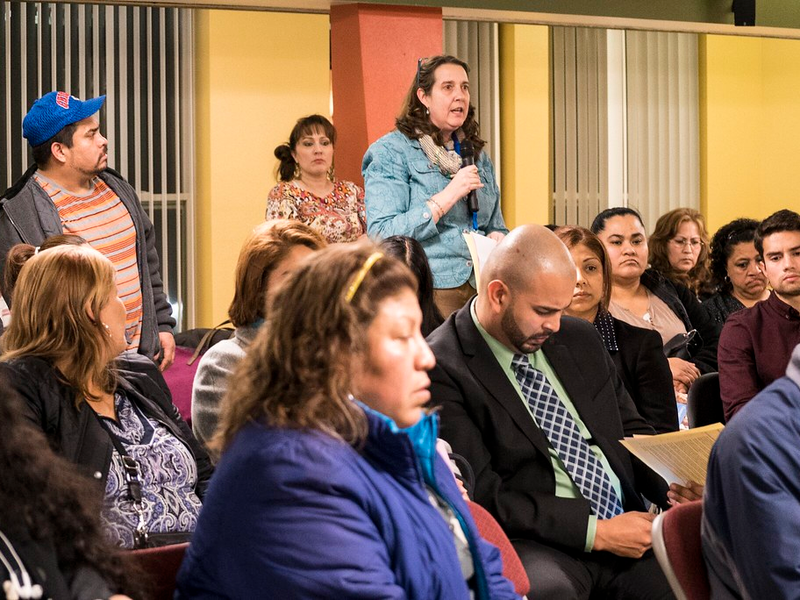
San Francisco Unified School District is quietly transforming its language programs, creating a complex landscape for students and parents seeking bilingual education. Recent changes reveal a strategic shift in how the district approaches multilingual learning, particularly for Cantonese and English-speaking communities.
The district has been scaling back programs for English learners while simultaneously exploring new language opportunities. Specifically, five of eleven Cantonese programs have stopped enrolling new kindergartners since 2021, dramatically reducing seats for families who primarily speak Cantonese at home.
Despite these reductions, the district is not abandoning bilingual education. Plans are underway to open a new Mandarin immersion school in 2027, funded by an anonymous donor. This move highlights a growing preference for Mandarin programs, which have seen increasing demand from both English-speaking and Chinese-speaking families.
The changes reflect broader challenges in bilingual education. Enrollment of Cantonese-speaking students sharply declined during the COVID-19 pandemic, and immigration restrictions further impacted these programs. Meanwhile, dual-language immersion programs face their own challenges, with limited seats and high competition.
Education researchers like Conor P. Williams caution that the current approach might inadvertently prioritize privileged English-speaking families over students who most need language support. The district’s current enrollment caps and assessment methods could potentially undermine the original equity goals of bilingual education.
Parents and community advocates are paying close attention. Some, like Vanessa Marrero from Parents For Public Schools, argue that the district needs a more comprehensive commitment to multilingualism across all schools.
As San Francisco continues to evolve, these language program changes represent more than administrative decisions, they reflect the city’s complex cultural dynamics and ongoing efforts to support diverse learning needs in an increasingly multicultural educational landscape.
AUTHOR: mei
SOURCE: San Francisco Public Press

